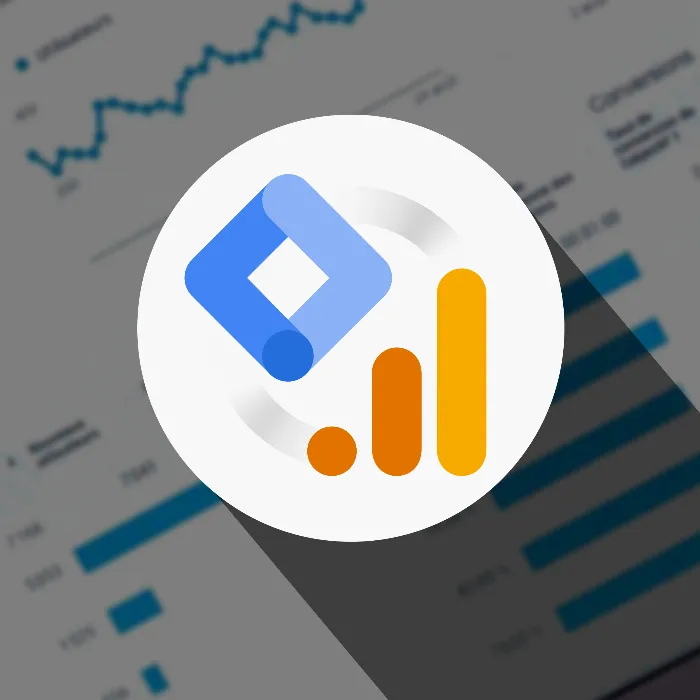Getting familiar with Google Analytics' Administration area is crucial to maintain control over your data and access permissions. The Admin area offers numerous settings, especially regarding user and container permissions, that assist you and your team in efficiently working with the platform. This guide will take you through the various steps of user management and associated permissions.
Key Takeaways
- You can control user management at the account and container level.
- Permissions can be divided into various levels: No permission, Read, Edit, Share, and Publish.
- Different permissions are useful for regulating access to sensitive data and settings.
Step-by-Step Guide to User Management
Accessing the Admin Area
To access user management, click on "Admin" first. Here, you will find all relevant options for adjusting settings.
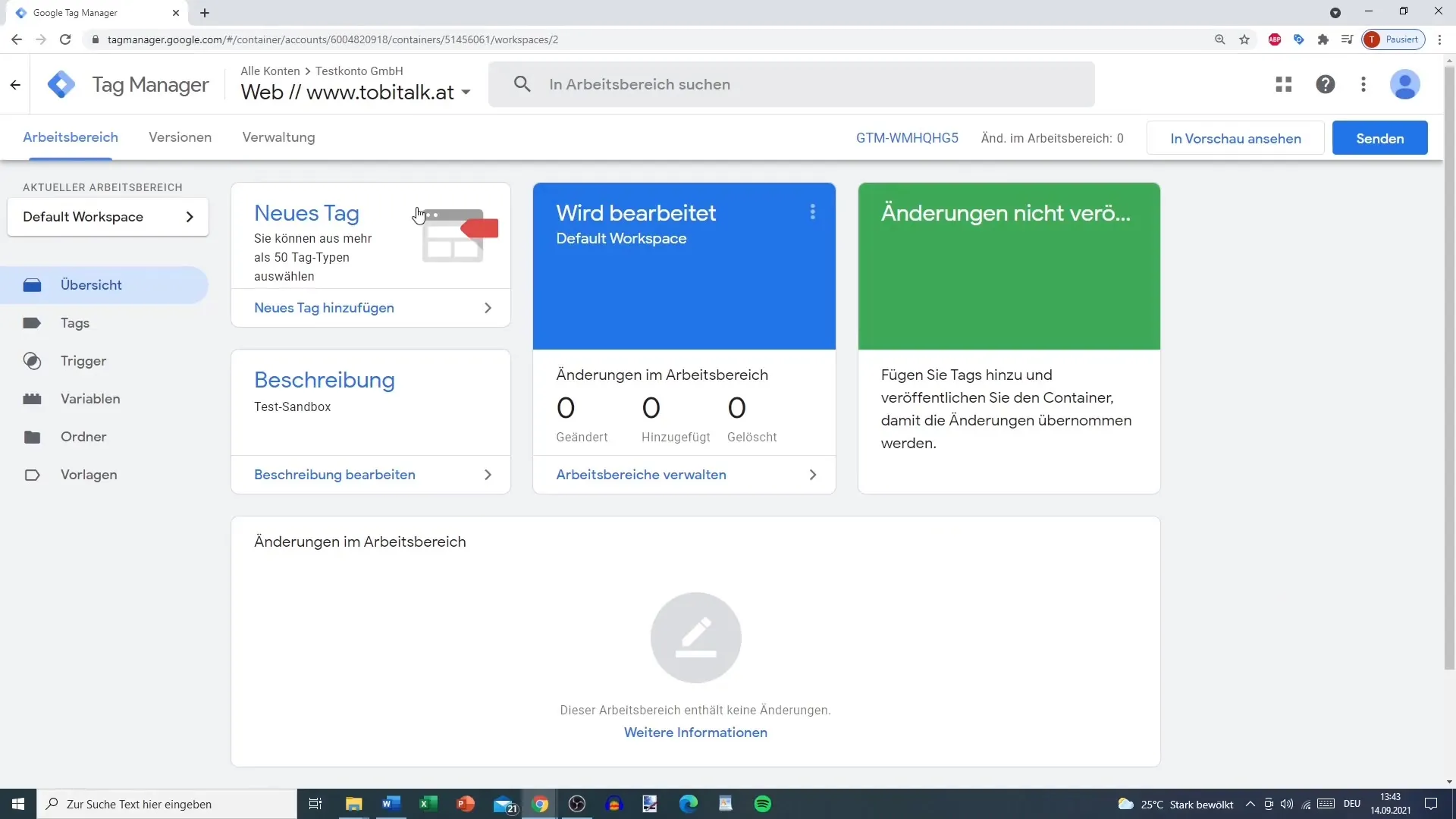
Understanding Account and Container Permissions
It's important to understand the difference between account permissions and container permissions. At the account level, users have access to all containers, while at the container level, specific permissions are assigned for each container.
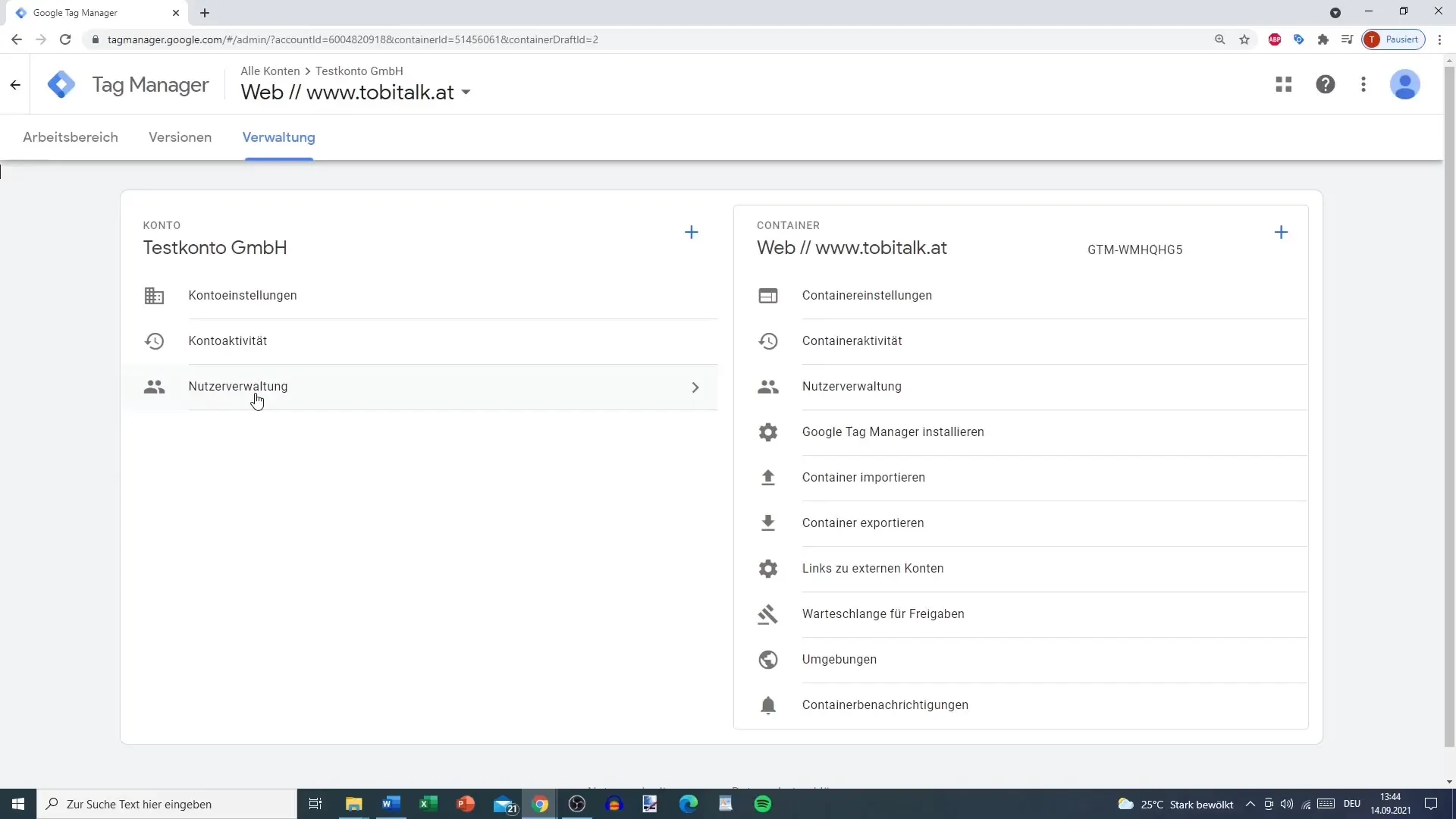
Adding Users
To add a new user, select your account in the "User Management" section. Then click on the plus symbol in the top right corner. Here, you can enter the email address of the new user and set the permissions.
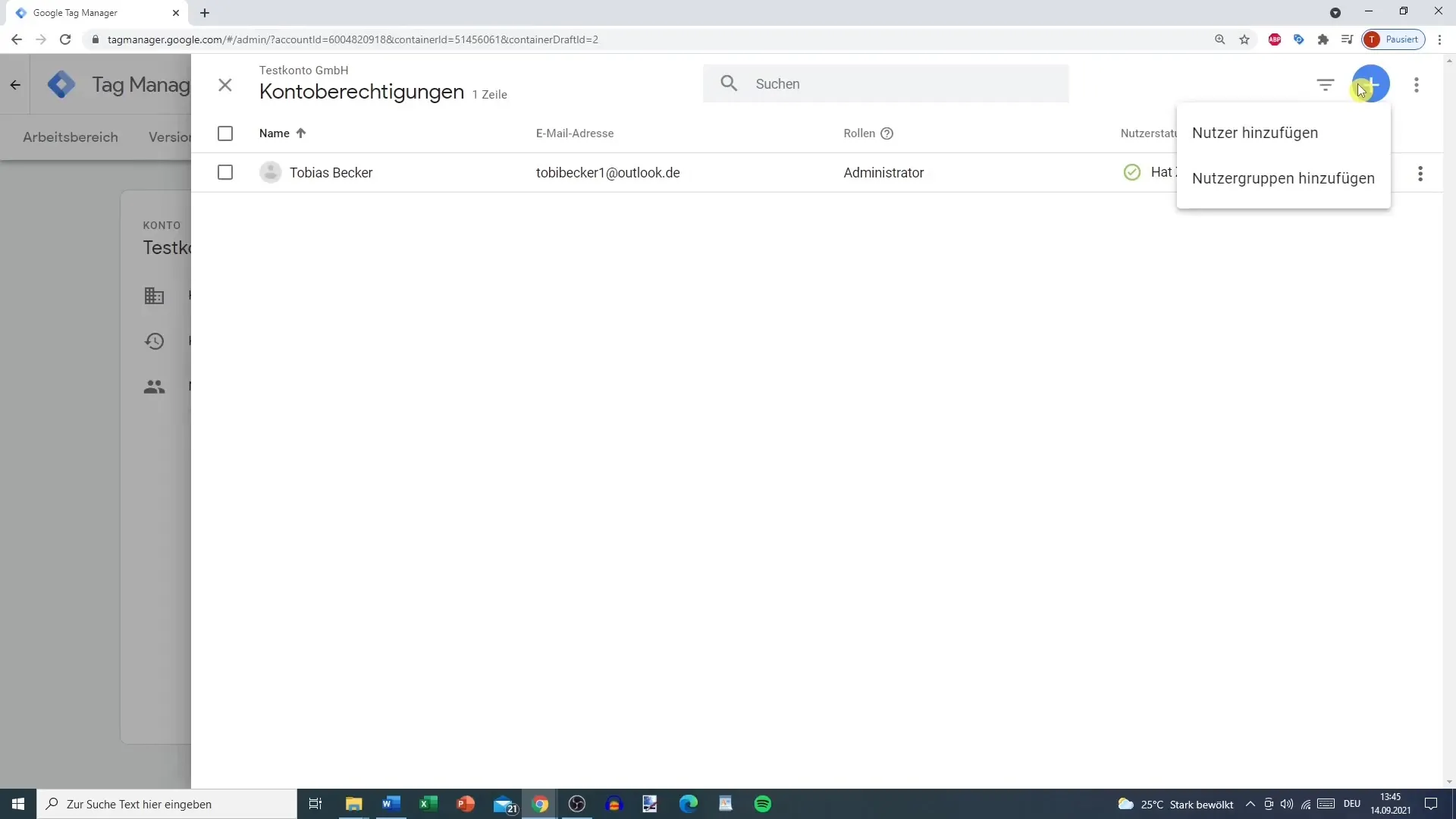
Choosing Permission Levels
Now, select the permission category for the new user. You can choose between different levels:
- No permission: User has no access.
- Read: User can view all information but cannot edit or create anything.
- Edit: Users can create and edit workspaces and tags but cannot change user permissions.
- Share: Users can create and edit versions and workspaces.
- Publish: Here, the user has full access, can make changes, and publish them.
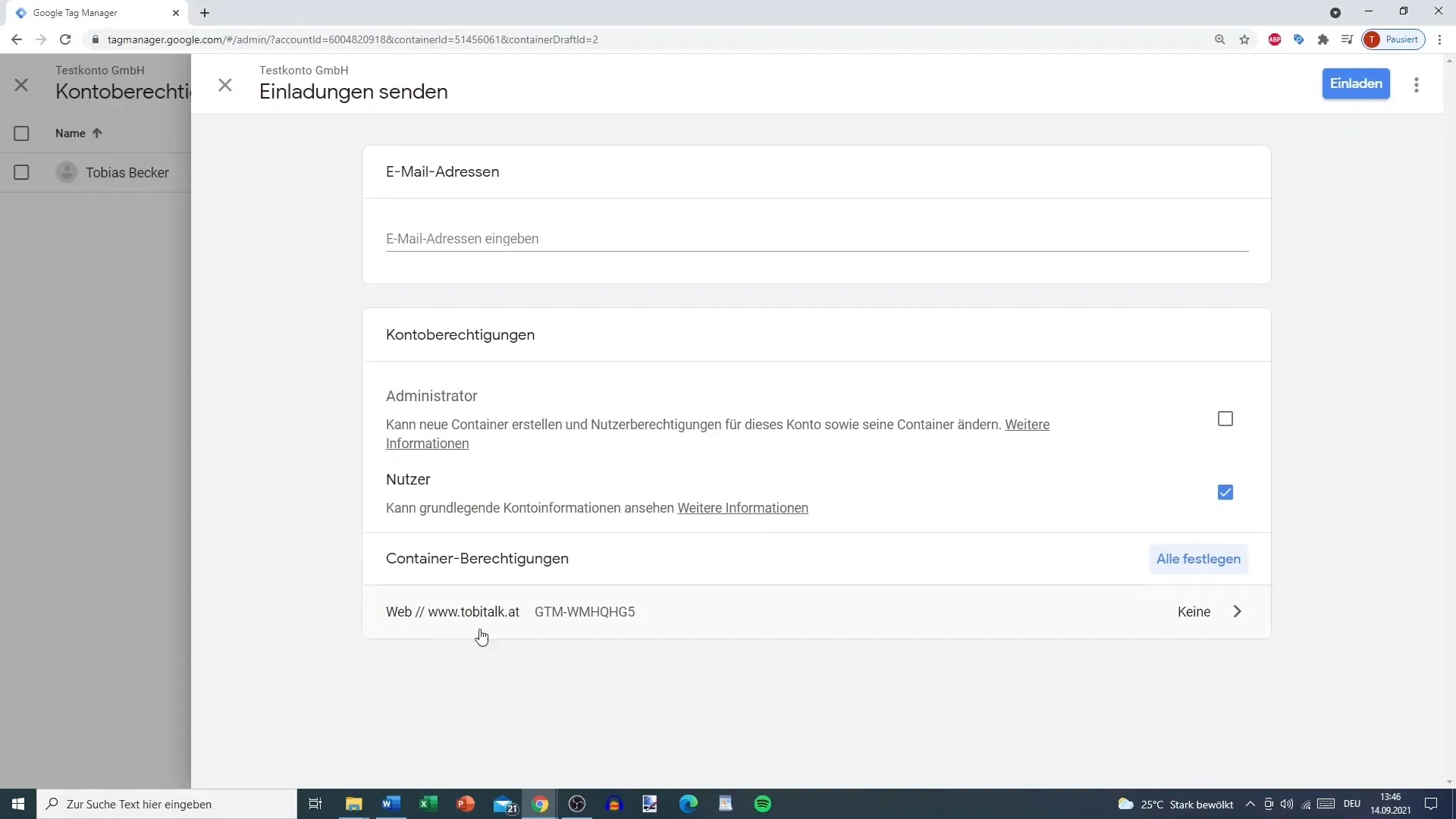
Permission Details
When selecting "Read" permissions, the user can see the tags, triggers, and variables but cannot make any changes. The "Edit" level allows the user to create their own tags and triggers, but user rights to add new users remain restricted.
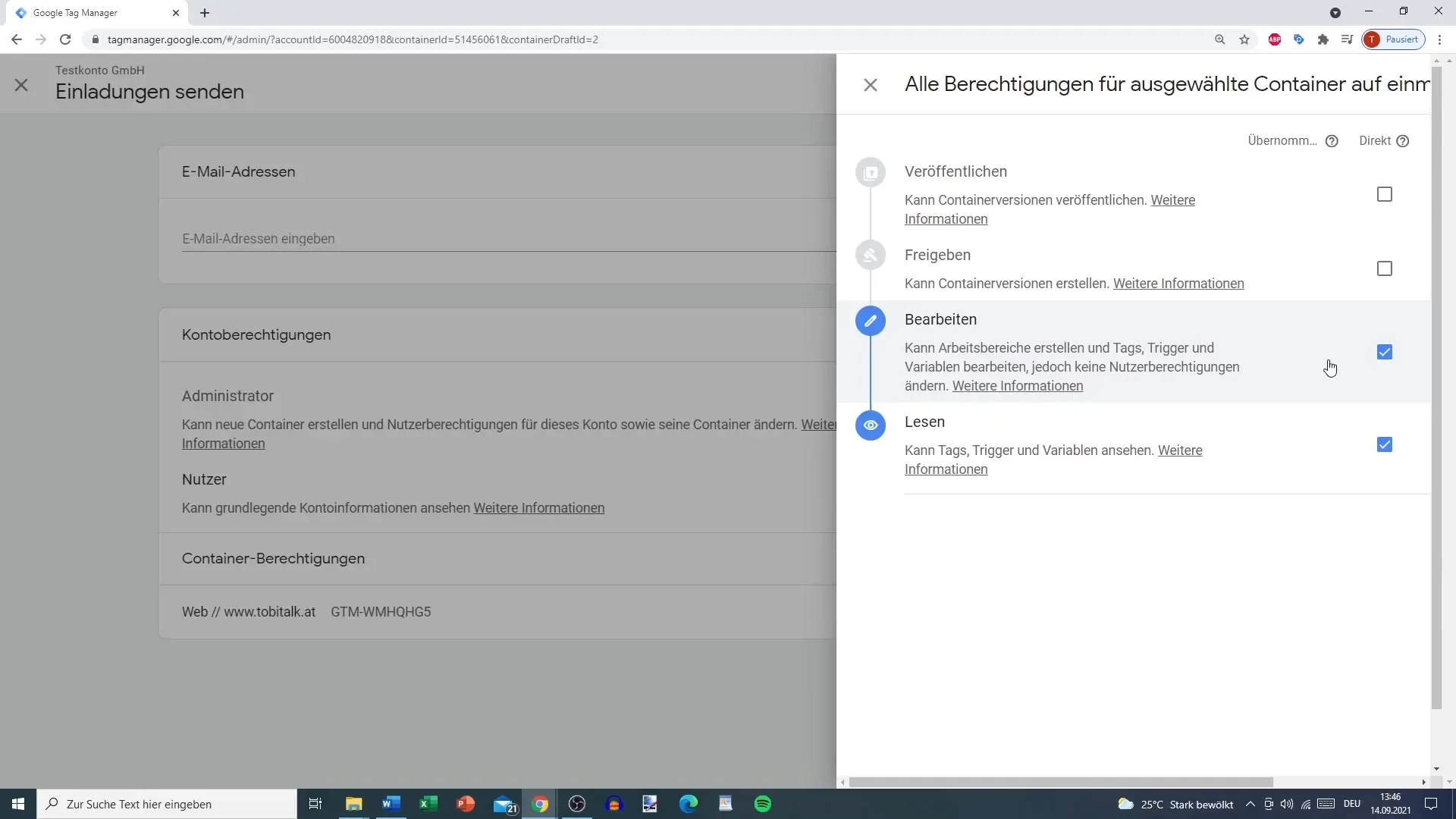
Setting Share Functions
For share functions, decide which points the user can edit. When you add a user with the "Share" permission, they can also adjust the respective settings. Note that higher permissions always include the permissions below them.
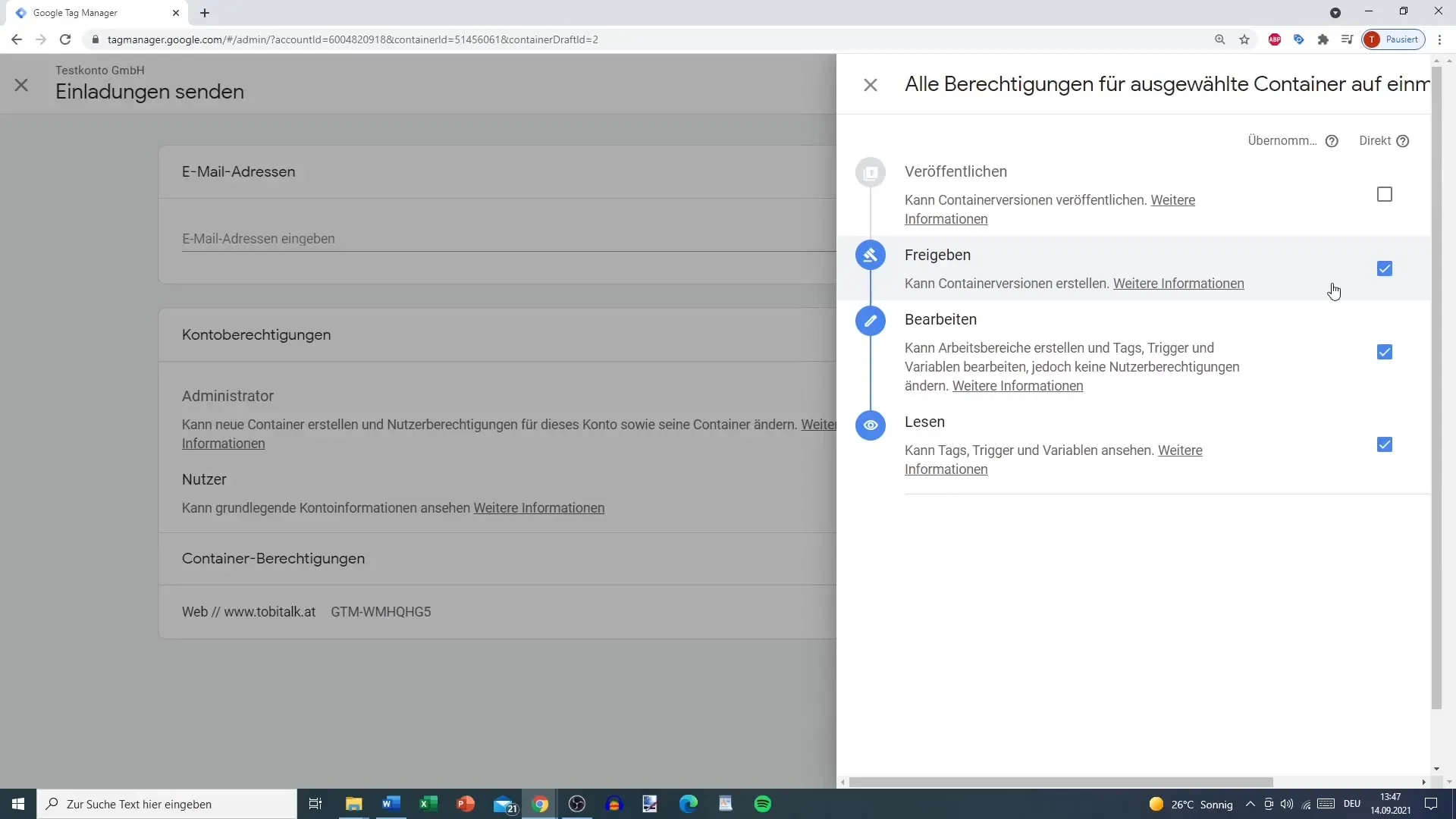
Finally, Inviting and Confirmations
After setting all permissions, click on "Invite". Review the email address and permissions to ensure everything is correct. If everything looks good, the user will be added to the account.
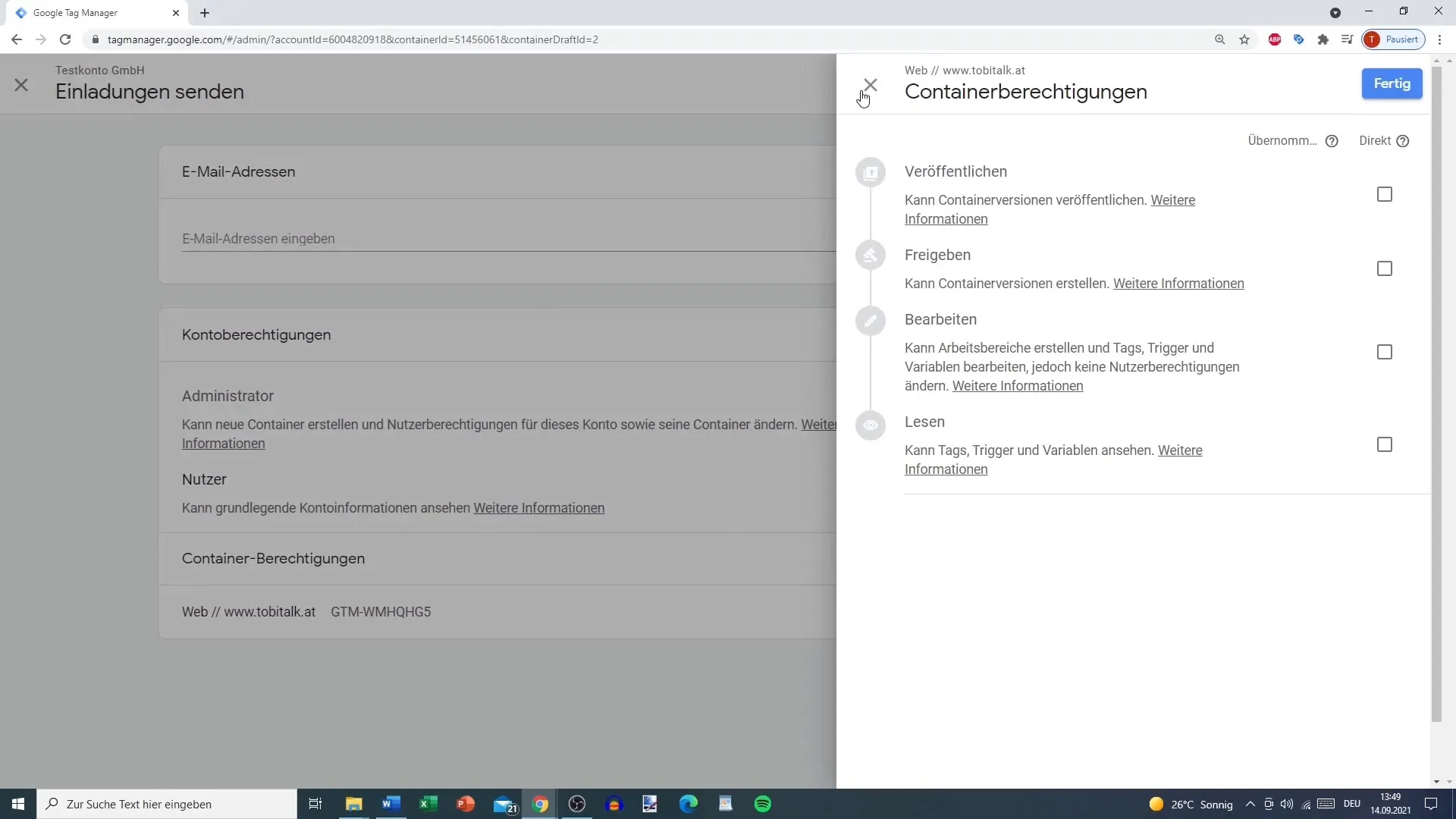
Adding Points at Container Level
The process of adding users to a container is similar. Click on the plus symbol again and assign specific permissions for the container, similar to the account level.

Setting Up Notifications
An important function in the admin area is the ability to set up notifications for new versions. You can choose whether you want to be notified via email when a new version is released. This helps to stay informed about changes.
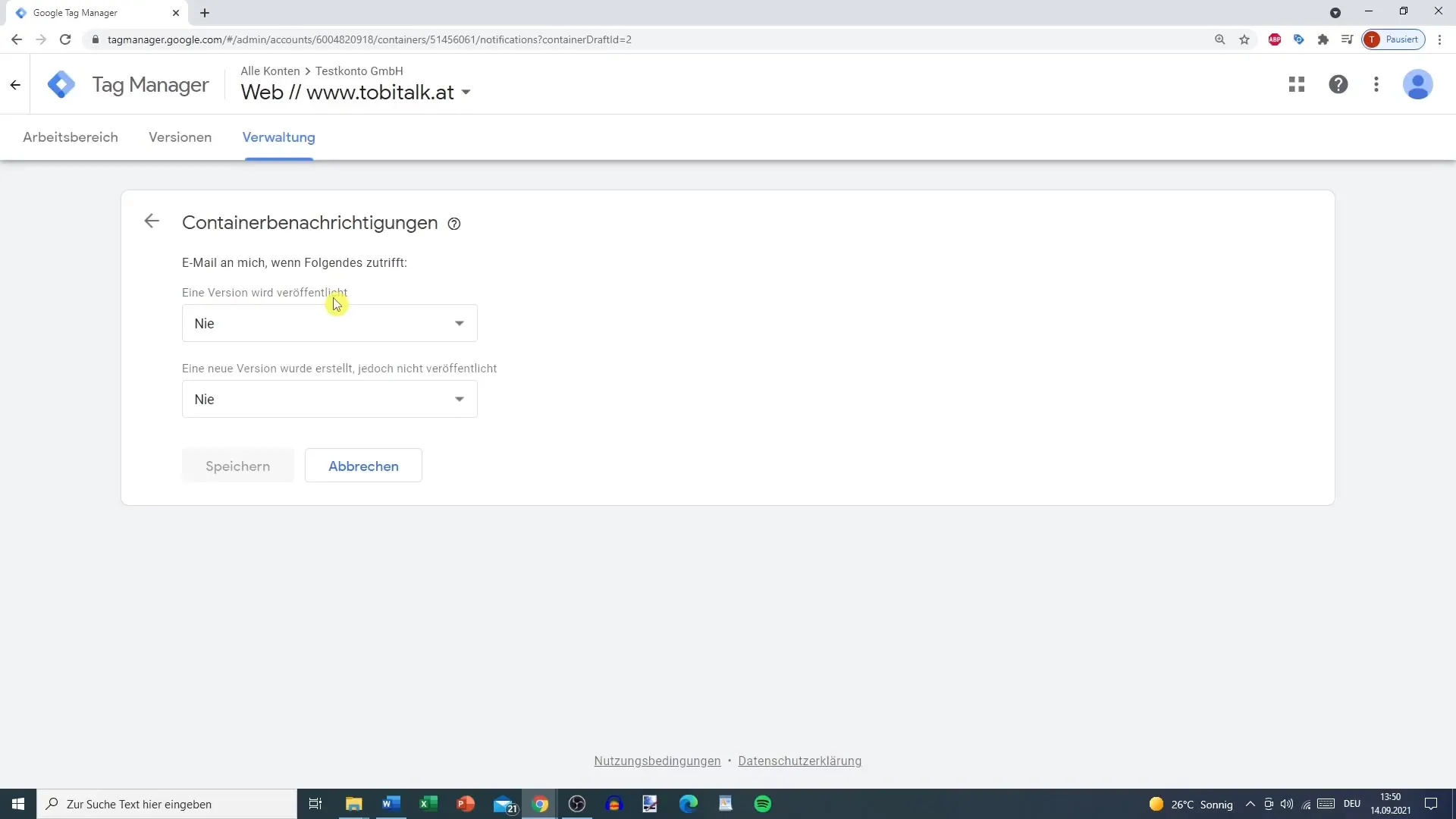
Conclusion on User Management
User management in Google Analytics is a central element to maintain control over your data. Understand the differences between permissions at the account and container levels to grant optimal access to your team members.
Summary
This guide has provided you with the basics of user management in Google Analytics. You now know how to add users, assign permissions, and enable notifications to effectively control access to your containers.
Frequently Asked Questions
How do I add a new user in Google Analytics?Go to "User Management", click on the plus symbol, and enter the user's email address.
What are the different permission levels in Google Analytics?The permission levels are: No permission, Read, Edit, Collaborate, and Publish.
How can I enable notifications for new versions in Google Analytics?In the settings, you can choose if you want to be notified when a new version is released.
What happens if I grant a user "Read" permission?The user can view the content but remains without editing rights.
Can I set different permissions for a user at the account and container levels?Yes, that is possible. You can adjust permissions separately for each account and container.
